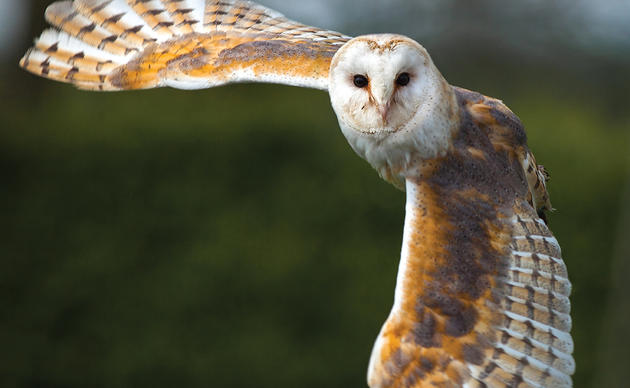Audubon North Carolina has released a new edition of Important Bird Areas of North Carolina, a full-color publication (available online this NC blog) with detailed descriptions of North Carolina’s most critical bird habitats. The book features 96 sites comprising nearly 4.9 million acres. Important Bird Areas, or IBAs, are places that provide essential habitat for one or more species of birds at some time during their annual cycle, including breeding, migration, and wintering periods.
Well-known North Carolina IBAs include iconic landmarks such as Grandfather Mountain and Cape Lookout National Seashore. Nearly all of the state’s IBAs include a state, federal, or nongovernmental conservation lands component, but many also contain a high percentage of privately owned and managed land.
“The IBA program is a wonderful tool for highlighting North Carolina’s ecologically significant habitats and locations,” said Curtis Smalling, IBA Coordinator and Mountain Program Manager for Audubon North Carolina. “IBAs provide so much more than just prime bird habitat. These special landscapes also provide clean drinking water, healthy populations of other species, and in many cases, special opportunities for people to connect to nature through recreation, education, and engagement.”
To date, 30 North Carolina IBAs have been approved by BirdLife international as globally significant, including the Amphibolite Mountains, which provide habitat for Golden-winged Warblers; the Sandhills, which sustain Red-cockaded Woodpeckers; and Lea-Hutaff Island, which is inhabited by Piping Plovers.
Each IBA account in the book includes a detailed site description, a map (except for sensitive waterbird islands that are not open to the public), and a table showing key bird species and abundance. The state’s IBAs vary in size from just a few acres, as in the case of several small waterbird nesting islands on the coast, to coastal plain sites covering more than 300,000 acres. And some IBAs, like the Outer Continental Shelf, are completely water-based.
To raise awareness about the state’s IBAs, Audubon North Carolina will design a social media campaign around an IBA every month, beginning with the Pungo-Pocosin Lakes IBA in December.
Hundreds of dedicated volunteer birders and Audubon chapter members assisted with gathering data for the new edition, by surveying Important Bird Areas, conducting species specific surveys and research, and participating in longstanding censuses like the Christmas Bird Count. Whether they are recording Cerulean Warbler songs to map territories, using playback to survey for Golden-winged Warblers, canoeing the quiet waters of the Lumber River, building observation platforms, or leading field trips, volunteers and agency staff across the state lead the way in working to conserve and share these Important Bird Areas.
Audubon North Carolina is distributing the publication in book and CD form to North Carolina land conservation agencies so they can utilize the information as they set priorities for public and private land conservation projects. The IBA program is not a regulatory initiative and places no restriction on land use or activities. Audubon staff works with managers of IBAs to support bird and habitat monitoring, habitat management, and education and advocacy efforts focused on birds. Virtually every conservation planning entity in the state recognizes IBAs as priority sites for long-term protection. The IBA program has become a dynamic “blueprint for conservation” in North Carolina.
IBA data (including GIS data) is constantly updated and can be found at our blog and on the U.S. IBA website.
The IBA program was created in Europe in 1981 as a program of Birdlife International. The National Audubon Society, as the U.S. partner of Birdlife International, launched the U.S. IBA program in 1995. State IBA programs are underway in approximately 47 states, with programs in all 50 states expected in the next few years.
Adopt an IBA
We are always looking for volunteers to help us monitor the 90+ IBAs around the state. Visit the Adopt an IBA page of our website to learn how you can get involved!



